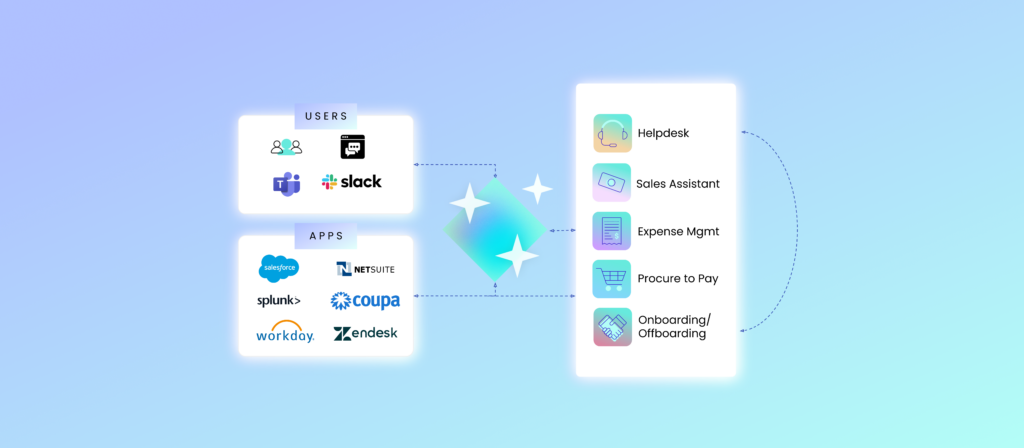What are AI Agents?
An AI agent is an automation bot that uses artificial intelligence to independently perform tasks or provide services on behalf of a user or another program. These agents take cues from their environment, reason to make the right decisions, and take action to achieve specific goals.
Five Qualities of AI Agents
AI agents can differ in their directives, but they share a few key qualities. They are:
- Autonomous: They can operate without human intervention, making decisions and taking actions independently.
- Perceptive: They perceive their environment through sensors or data inputs. They might be able to understand text, recognize images, or interpret sensor or data triggers.
- Reasoning: They make decisions and solve problems with algorithms and models. This often involves machine learning, neural networks, and other AI techniques.
- Actioning: They can perform actions to achieve their goals. This might include updating systems, sending messages, controlling physical devices, or interacting with humans.
- Learning: They have the ability to learn from their experiences, including their training models and interactions with users, to improve their performance over time.
AI agents can handle far more tasks than automation agents that don’t leverage artificial intelligence. While traditional agents can only interpret standard data inputs, AI agents can process unstructured data such as images, video, audio, and nonstandard text inputs. AI agents can also understand context and make inferences—enabling more powerful, flexible workflows.
AI Agents Use Cases
AI agents are increasingly becoming an integral part of various industries, enhancing efficiency, providing personalized experiences, and enabling new capabilities. Hyperautomation, where AI and automation technologies are deployed across all business processes, exponentially increases employee productivity and cost savings for the companies that pursue that route.
You can build AI agents to carry out a number of different tasks through a combination of integration (with OpenAI ChatGPT, for example) and automation in Workato.
Here are a few potential uses cases for different areas of the business:
| Sales | Lead qualification, Prospect/account research, Scheduling, Sending/evaluating emails, CRM/Pipeline management |
| Support | Data retrieval, Ticket prioritization, Resolution, Sentiment analysis, Translation, Escalation, Training |
| IT | Project Intake triage, Security event analysis, Documentation, Change management, Building automations, Provisioning |
| Marketing | Segmentation, Predictive analytics, Content optimization, Email/ad/social media campaigns, Competitor analysis, SEO |
| Security | Threat detection/hunting, Behavior analytics, Incident response, Security awareness, Vulnerability scanning, compliance |
| Human Resources | Resume matching, Onboarding automation, Engagement analysis, Succession planning, Internal mobility, Benefits |
| Finance | Expense reports, Invoicing, Forecasting, Tax compliance, Billing/collections, Compliance, Financial reporting |
Most companies recognize that AI is no longer a peripheral tool for special projects, but a strategic necessity to stay competitive in every area of the business. AI agents can integrate AI into your core strategies, including finding ways to boost sales performance, provide customer support coverage, handle everyday processes, find exceptions, and monitor security risks.
How to build AI Agents
You can build AI agents with Workato. These integrations will get you started:
AI by Workato is a utility connector developed in collaboration with OpenAI. This connector supports actions like analyzing text, categorizing text, drafting emails, parsing text, and translating text. It does not train on user data and is available in open and closed data centers.
The IDP by Workato connector is an intelligent document processing solution that can process invoices and reconciliation, parse and manage claims, perform identity verification, and parse generic documents such as resumes, receipts, or documentation for relevant text.
